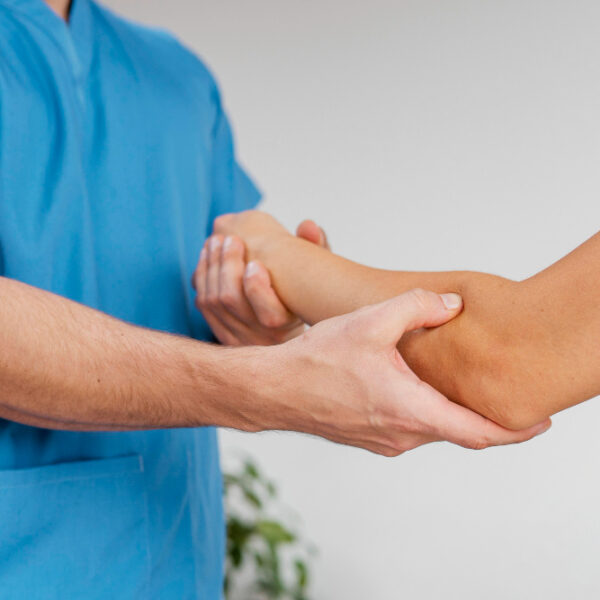
The quest for youthful and radiant skin has led to the development of various cosmetic procedures, and dermal fillers like Restylane have become increasingly popular. One specific application gaining attention is the use of Restylane for cheeks to enhance facial contours and restore volume. In this comprehensive guide, we will explore the intricacies of the Restylane for cheeks procedure, from understanding the substance itself to the step-by-step process, recovery, and potential risks.
Understanding Restylane:
Restylane is a hyaluronic acid-based dermal filler known for its versatility in treating various facial concerns. Hyaluronic acid is a naturally occurring substance in the body that helps maintain skin hydration and volume. Restylane, when injected, adds volume and smoothness to the skin, making it an ideal choice for facial rejuvenation.
Restylane for Cheeks: Purpose and Benefits:
Restylane for cheeks is a cosmetic procedure designed to address volume loss in the mid-face area. As individuals age, they may experience a decrease in collagen and fat, leading to sagging skin and diminished facial fullness. This procedure aims to restore a more youthful appearance by plumping and lifting the cheeks, enhancing facial contours.
The benefits of Restylane for cheeks include:
- Improved cheek definition and contour
- Reduction of hollow or sunken areas
- Enhanced overall facial harmony
- Non-surgical alternative to facelifts with minimal downtime
Preparing for the Procedure:
Before undergoing the Restylane for cheeks procedure, it is essential to follow a preparation process that ensures a smooth and safe experience.
Consultation with a Professional:
Schedule a consultation with a qualified and experienced medical professional specializing in cosmetic procedures. During this consultation, discuss your goals, expectations, and medical history. The professional will assess your facial structure and determine the most suitable approach for achieving the desired results.
Pre-procedure Guidelines:
Follow any pre-procedure guidelines provided by your healthcare provider. These may include avoiding certain medications, herbal supplements, or activities that could increase the risk of bruising. Adhering to these guidelines helps optimize the safety and effectiveness of the procedure.
The Restylane Procedure Step-by-Step:
Understanding the step-by-step process of the Restylane for cheeks procedure can alleviate any apprehensions and provide clarity on what to expect.
Anesthesia or Numbing:
The procedure typically begins with the application of a topical anesthetic or a local anesthetic to minimize discomfort. Some Restylane products also contain lidocaine, a local anesthetic, to enhance the patient’s comfort during and after the procedure.
Injection Technique:
Once the numbing takes effect, the healthcare provider will use a fine needle or a cannula to inject the Restylane filler into specific areas of the cheeks. The injection technique is crucial for achieving a natural-looking result and requires precision and expertise on the part of the practitioner.
Duration of the Procedure:
The Restylane for cheeks procedure is relatively quick, often taking around 30 minutes to an hour, depending on the extent of correction needed. The duration may vary based on the individual’s unique anatomy and the specific technique employed by the healthcare provider.
What to Expect During and After the Procedure:
Immediate Results:
One of the advantages of Restylane for cheeks is the immediate improvement in facial volume and contours. Patients often notice a visible lift and enhanced cheek definition immediately after the procedure. However, it’s essential to note that some swelling and bruising may occur, affecting the final outcome during the initial days.
Potential Side Effects:
While Restylane is generally well-tolerated, like any medical procedure, there may be potential side effects. These can include temporary swelling, bruising, redness, or itching at the injection sites. These side effects are typically mild and resolve on their own within a few days.
Post-procedure Care:
Following the Restylane for cheeks procedure, it’s crucial to adhere to post-procedure care instructions provided by the healthcare provider. This may include avoiding strenuous activities, applying cold compresses to reduce swelling, and refraining from certain medications that could increase the risk of bruising.
Recovery Period and Follow-up:
The recovery period for Restylane for cheeks is minimal compared to more invasive surgical procedures. Most individuals can resume their daily activities shortly after the treatment. However, it’s essential to attend any scheduled follow-up appointments to allow the healthcare provider to assess the results and address any concerns.
Risks and Considerations:
While Restylane for cheeks is considered a safe and effective procedure, it’s important to be aware of potential risks and considerations. These may include:
- Allergic reactions
- Infection at the injection site
- Asymmetry or overcorrection
- Nodule formation
Discuss these risks with your healthcare provider during the consultation to make an informed decision about the procedure.
Frequently Asked Questions (FAQs):
Q1: Is Restylane for cheeks suitable for everyone? A1: While Restylane is generally safe, it may not be suitable for individuals with certain medical conditions or allergies. Consultation with a healthcare professional is essential to determine candidacy.
Q2: How long do the results of Restylane for cheeks last? A2: The duration of results varies among individuals but typically lasts between 6 months to a year. Maintenance sessions may be recommended to prolong the effects.
Q3: Are there alternatives to Restylane for cheek enhancement? A3: Yes, other dermal fillers and procedures, such as Sculptra or fat grafting, can also address volume loss in the cheeks. Consult with your healthcare provider to determine the most suitable option for your needs.
Conclusion:
Restylane for cheeks near me offers a non-surgical solution for individuals seeking to enhance facial contours and restore volume to the mid-face area. By understanding the procedure’s steps, benefits, and potential considerations, individuals can make informed decisions about pursuing this cosmetic enhancement. Consultation with a qualified healthcare professional is crucial to ensure personalized recommendations and a safe, satisfying experience with Restylane for cheeks.









